Why Smart Packaging Transforms Your Bakery Business
Your cupcakes might be the star of the show, but the right packaging elevates them to a whole new level. Think of it like a precious gemstone – it needs the perfect setting to truly dazzle. Similarly, cupcake packaging ideas have grown from basic protection into a powerful way to tell your brand’s story. It’s the first physical interaction a customer has with your product, making a lasting impression.
Packaging: More Than Just a Box
Smart cupcake packaging ideas contribute to your bakery’s success in many ways. First, it protects your delicate creations, preventing damage during transport. This is especially vital for deliveries and customers on the go. Secondly, the right packaging increases the perceived value of your goods. A well-designed box instantly makes your product feel more premium and worth the price.
Furthermore, thoughtful packaging builds brand loyalty. A memorable unboxing experience can create a devoted fan. It adds a touch of specialness to your treats, transforming a simple purchase into a delightful occasion.
The Psychology of Packaging
Packaging heavily influences consumer behavior. Color psychology, for example, plays a key role in buying decisions. Vibrant colors can evoke excitement, while pastels convey elegance. The shape and texture of the packaging also matter. A textured box can add a touch of luxury.
The global cupcake packaging market shows just how important these factors are. By 2025, the market reached $2.5 billion, demonstrating the high demand for appealing cupcake boxes.
Creating an Unforgettable Experience
Ultimately, smart cupcake packaging ideas help to create a memorable experience. From the moment customers see your box to the last bite, every detail matters. Investing in creative and functional packaging elevates your brand and cultivates a loyal customer base.
Eco-Friendly Solutions That Customers Actually Love
Going green isn’t just a trend anymore; it’s what customers expect. When it comes to cupcake packaging ideas, this means finding sustainable solutions that don’t sacrifice style or practicality. Eco-friendly packaging can boost your brand’s image and attract environmentally conscious shoppers. This shift toward sustainability is here to stay and is reshaping the industry.
Packaging innovation is constantly evolving the global cupcake box industry, with 2025 seeing major trends focused on sustainability, smart design, and integrating technology. Industry experts consider 2025 a transformative year for food packaging, with a strong emphasis on eco-friendly materials like recycled paper and biodegradable plastics.
Biodegradable and Compostable Options
One of the most exciting cupcake packaging ideas is the rise of biodegradable and compostable materials. These materials break down naturally, which reduces landfill waste and minimizes your environmental impact.
Consider using cupcake liners made from plant-based materials like bamboo or sugarcane. These options work just as well as traditional paper liners, but they decompose much faster. Also, explore compostable boxes made from recycled paperboard or molded fiber. These offer sturdy protection for your cupcakes while being kind to the environment.
Recycled Materials: Giving Packaging a Second Life
Recycled materials offer another great way to create sustainable cupcake packaging. Using recycled paperboard for boxes not only reduces waste but also shows your brand’s commitment to the environment. This resonates with customers who are increasingly aware of the impact their purchases have on the planet.
Using recycled materials doesn’t mean you have to compromise on how your packaging looks. You can still create high-quality printing and attractive designs on recycled paperboard, maintaining a premium look while minimizing your environmental footprint.
Plant-Based Packaging: The Future of Sustainability
Recent innovations in plant-based packaging are truly remarkable. Materials sourced from mushrooms and seaweed are appearing as viable alternatives to traditional plastics. These materials offer impressive performance while being completely compostable, meaning your cupcake packaging can return to the earth naturally without leaving any harmful residue.
Some plant-based materials even offer benefits in terms of keeping products fresh and protected.
The Financial Benefits of Going Green
While the environmental benefits of sustainable packaging are obvious, many businesses are also discovering the financial perks. Some eco-friendly materials are more affordable than traditional options. Plus, by reducing waste, you can lower your disposal costs, resulting in long-term savings for your bakery.
Perhaps even more importantly, demonstrating your commitment to sustainability strengthens customer relationships and builds brand loyalty. Customers are more likely to support businesses that align with their values, leading to increased sales and a stronger position in the market. This creates a win-win for both your business and the planet.
Design Ideas That Make Customers Stop And Buy
Transforming ordinary cupcakes into irresistible treats involves strategic cupcake packaging ideas. It’s not just about containing the product; it’s about crafting an experience that draws customers in. Let’s explore design strategies that convert casual browsers into eager buyers. For bakeries wanting to highlight their commitment to sustainability, reusable packaging is a great option.
Showcasing Your Artistry: The Power of the Window
A strategically placed window in your cupcake packaging gives a glimpse of the deliciousness within. It transforms a simple box into an enticing display. This “window shopping” effect can significantly sway purchasing decisions.
Imagine a heart-shaped window for Valentine’s Day cupcakes or a star for holiday treats. This not only showcases your creations but adds a playful touch.
Themed Collections: Creating Seasonal Excitement
Themed cupcake collections, centered around holidays or special events, elevate your offerings. Think limited-edition packaging with festive colors, patterns, or relevant characters.
Offering specially decorated cupcakes that match the theme enhances the appeal and perceived value. This generates excitement and encourages impulse buys.
Color Psychology and Typography: Reinforcing Your Brand
Your packaging’s colors and fonts, as one of the smart cupcake packaging ideas, speak volumes about your brand. Color psychology suggests that vibrant colors like red and orange can stimulate appetite, while pastels convey elegance. Choosing the right palette is key to attracting your target audience.
Typography also plays a crucial role. A playful font might suit a children’s bakery, while a sophisticated script reinforces a premium image.
Structural Innovations: Surprise and Delight
Think outside the box – literally. Innovative structural designs create a memorable unboxing experience. Consider a tiered box for displaying multiple cupcakes or a unique folding mechanism.
Interactive elements like pull-tabs or small gifts enhance the customer experience and foster brand loyalty.
Personalization and Social Media: Turning Customers into Ambassadors
Personalized cupcake packaging elevates the gifting experience. It transforms purchases into cherished keepsakes. This could be a handwritten note or custom printing with names or messages.
Don’t forget the power of social media. Eye-catching packaging encourages customers to share photos online, creating organic advertising for your bakery.
Choosing Materials That Protect and Impress
The perfect cupcake packaging does more than just hold your treats; it protects them while showcasing your brand’s personality. The right materials keep cupcakes fresh, make storage easier, and influence how customers perceive your brand. Thinking about customer needs, like efficient storage, can really elevate your brand. Let’s explore some popular packaging options, from tried-and-true paperboard to exciting innovations.
Classic Paperboard: A Versatile Staple
Paperboard continues to be a popular choice thanks to its adaptable nature and cost-effectiveness. Its strength is measured in points, with a higher number indicating more durability. A thicker paperboard, like 24pt or 32pt, offers excellent protection during transport. But even thinner options work well when paired with inserts to keep cupcakes secure.
Plastic Containers: Clear Advantages and Drawbacks
Plastic containers offer a crystal-clear view of your beautiful cupcakes. They also excel at protecting against moisture and damage. However, plastic is less eco-friendly. Opting for recycled PET plastic can help minimize your environmental impact.
Biodegradable Options: The Eco-Conscious Choice
Biodegradable materials are gaining traction as consumers become more environmentally aware. PLA (polylactic acid), derived from corn, is a great example. These materials decompose naturally, reducing landfill waste. Choosing biodegradable packaging demonstrates your brand’s commitment to sustainability. Compostable materials like bagasse (sugarcane fiber) offer another earth-friendly option.
Hybrid Solutions: Combining the Best of Both Worlds
Hybrid packaging brings together the best of different materials. Imagine a sturdy paperboard box with a clear PLA window. You get the strength of paperboard, the visual appeal of plastic, and the eco-friendly benefits of PLA.
To help illustrate the various costs and eco-friendliness of different packaging materials, take a look at this infographic:
Cardboard boxes offer a good balance of affordability and moderate eco-friendliness. Biodegradable pouches stand out for their sustainability but come with a slightly higher price tag. Plastic containers are the most budget-friendly, but their lower eco-friendliness score encourages us to consider the environmental impact.
To help further compare different cupcake packaging materials, we’ve put together this handy table:
Cupcake Packaging Material Comparison Guide
| Material Type | Durability Rating | Cost Level | Eco-Friendly Score | Best Use Case |
|---|---|---|---|---|
| Paperboard | Moderate to High (depending on point thickness) | Low to Moderate | Moderate | Everyday use, transport, various cupcake sizes |
| Plastic | High | Low | Low | High visibility, moisture protection |
| Biodegradable (PLA) | Moderate | Moderate to High | High | Eco-conscious branding, showcasing sustainability |
| Bagasse (Compostable) | Moderate | Moderate | High | Eco-conscious branding, compostable waste disposal |
| Hybrid (Paperboard/PLA) | High | Moderate | High | Combining visibility and eco-friendliness |
This table summarizes the key characteristics of each material, making it easier to choose the perfect packaging for your needs. Key takeaways include the balance between cost and eco-friendliness, and the importance of considering the best use case for each material.
Coatings and Structural Considerations
Coatings protect your packaging and make it look even better. Aqueous coatings are water-based and environmentally friendly, while UV coatings offer a glossy finish. Structural elements like inserts and dividers keep cupcakes from moving around during transit.
The right packaging elevates your brand and creates a memorable customer experience. Think about durability, cost, eco-friendliness, and appearance when choosing your cupcake packaging materials. Understanding these factors can help you make the best decision for your business and your customers.
Regional Trends That Influence Packaging Success
Understanding your local market is key to successful cupcake packaging. Different regions have unique preferences, shaped by culture, climate, and consumer behavior. A design that’s a hit in one place might not work in another. For example, vibrant colors could be popular in one area, while a more subtle, elegant look is preferred in another. Adapting your cupcake packaging ideas to these regional preferences can significantly impact sales.
Cultural Nuances and Packaging Preferences
Cultural factors heavily influence regional packaging trends. Colors and symbols can hold different meanings across cultures. For instance, the color red symbolizes good luck in some Asian countries, making it a popular color for celebratory treats like cupcakes. However, different colors hold significance in other cultures. Adapting your cupcake packaging to resonate with local cultural values can boost your brand’s appeal.
Climate Considerations: Packaging For All Seasons
Climate also plays a role in packaging decisions. In humid areas, choosing materials that protect against moisture is essential. Moisture-resistant coatings or plastic containers with airtight seals are good options. In areas with extreme temperatures, insulated packaging can help maintain cupcake quality.
North America dominates the cupcake packaging industry, representing over 40% of global market revenue. In 2023, the market size was valued at approximately $0.10 billion (USD) and is projected to continue growing.
Consumer Behavior and Regional Trends
Consumer behavior varies regionally, impacting cupcake packaging choices. Some regions may prefer individual cupcake packaging for convenience, while others might prefer larger boxes for sharing. Understanding these preferences allows you to tailor your packaging accordingly. Offering a variety of packaging sizes can cater to diverse purchasing habits.
Global Influences on Local Tastes
Global trends, like the increasing popularity of eco-friendly packaging, influence local preferences. As consumers become more environmentally conscious, they seek sustainable choices, even for their cupcakes. This has led to a growing demand for biodegradable and compostable cupcake packaging materials across different regions. Adapting to these evolving preferences can help you stay ahead of the competition and attract environmentally conscious customers.
Custom Solutions For Every Business Model
Whether you’re a small artisan bakery or a large commercial operation, your cupcake packaging needs are unique. Your business model, budget, and growth goals all influence your packaging choices. A one-size-fits-all approach simply won’t cut it. Let’s explore how to tailor your cupcake packaging ideas to perfectly fit your specific business needs.
Small Batch Solutions: Custom Printing on a Budget
For smaller bakeries, small-batch custom printing can be a real advantage. It allows you to develop distinct branding without the high costs of large print runs. Many suppliers offer low minimum order quantities (MOQs), making it affordable to personalize your boxes, labels, and inserts. This lets you experiment with different designs and discover what connects best with your customers. Digital printing offers high-quality results at lower volumes, making custom branding accessible even for the smallest businesses.
Bulk Ordering Strategies: Maximizing Value and Efficiency
As your business expands, bulk ordering becomes crucial for maximizing value and streamlining operations. Negotiating pricing with suppliers and planning for large orders can significantly reduce packaging costs. This frees up resources that you can reinvest in other areas of your business, such as marketing or new product development. Imagine redirecting savings from bulk ordering towards a new cupcake flavor launch!
Scalable Packaging Systems: Growing With Your Business
Choosing a scalable packaging system is vital for long-term success. Your packaging should adapt to increasing order volumes and evolving product lines. Start with a simple box and add custom inserts, labels, or ribbons as your brand develops. This flexible approach ensures your packaging remains efficient and cost-effective as you grow.
Balancing Design and Cost-Effectiveness: Getting the Most for Your Money
Memorable cupcake packaging doesn’t have to require a large investment. It’s about smart choices that balance design and cost-effectiveness. A simple, elegant box with a high-quality custom label can be more effective than an elaborate, costly box. A few well-chosen extras, like a ribbon or sticker, can add personality without excessive expense. By focusing on key design elements, you can create packaging that reflects your brand’s personality while staying budget-friendly.
Testing and Feedback: Refining Your Packaging Strategy
Before committing to a large order, testing new packaging concepts is essential. Gathering customer feedback through surveys, focus groups, or social media polls helps determine which packaging elements truly resonate. This allows for adjustments before a major investment. By integrating customer feedback, you ensure your packaging effectively communicates your brand’s message and enhances the customer experience.
Your Step-By-Step Implementation Roadmap
Ready to refresh your cupcake packaging? This guide provides actionable cupcake packaging ideas to smoothly upgrade your packaging and minimize disruptions to your daily operations. Think of it as a remodel for your bakery’s storefront—careful planning ensures a seamless transition and a stunning final result. This process involves evaluating suppliers, negotiating effectively, managing inventory, and communicating changes with both staff and customers.
Evaluating Suppliers and Negotiating Deals
Begin by researching potential packaging suppliers. Look beyond just the price and consider factors like material quality, minimum order quantities (MOQs), and customization options. Requesting samples lets you assess the packaging firsthand. Once you’ve identified suitable suppliers, don’t hesitate to negotiate. Bargaining can often lead to better pricing, especially for larger orders or long-term contracts.
Managing Inventory and Transitions
Transitioning to new packaging requires careful inventory management. Accurately forecast your needs to avoid shortages or excess stock. A phased rollout can ease the transition, allowing you to use existing packaging before introducing the new design. This prevents waste and gradually introduces your new cupcake packaging to customers.
Quality Control and Staff Training
Implement quality control checks to ensure your new packaging meets your standards. This might involve inspecting samples from each shipment or conducting regular checks during the packaging process. Train your staff on how to use the new packaging efficiently, including proper assembly techniques, labeling procedures, and handling any special features. Clear communication and training minimize errors and maintain a smooth workflow.
Communicating With Customers
Prepare your customers for the packaging change. Announce the update on social media platforms like Instagram and Facebook or through email newsletters using services like Mailchimp. Highlight the benefits of the new packaging, such as enhanced product protection or eco-friendly materials. This proactive communication generates excitement and manages customer expectations. Consider a special promotion to celebrate the new packaging and encourage sales.
Timeline Planning and Checklists
Create a realistic timeline for implementation. Break down the process into smaller, manageable tasks with clear deadlines. Use checklists to ensure each step is completed efficiently. A well-defined timeline helps track progress and stay on schedule. Consider factors like supplier lead times, staff training, and inventory transitions when developing your timeline.
To help you stay organized throughout the implementation process, the following table outlines a step-by-step timeline, key actions, success metrics, potential challenges, and solutions.
Packaging Implementation Timeline And Checklist
| Timeline Phase | Key Actions | Success Metrics | Potential Challenges | Solutions |
|---|---|---|---|---|
| Research & Selection | Identify potential suppliers, request samples, compare options based on quality, price, and MOQs. | Secure reliable suppliers offering high-quality materials at competitive prices. | Difficulty finding suppliers who meet all specific requirements. | Broaden search criteria, consider alternative materials, or adjust requirements if necessary. |
| Design & Development | Collaborate with the chosen supplier to finalize the packaging design and approve proofs. | Packaging design aligns with brand aesthetics and appeals to the target customer. | Design revisions exceed budget or timeline constraints. | Streamline the design process, prioritize essential features, and establish clear communication with the supplier. |
| Production & Delivery | Place the packaging order and confirm the delivery schedule with the supplier. | On-time delivery and accurate order fulfillment. | Production delays or unexpected shipping issues. | Maintain open communication with the supplier, develop contingency plans, and consider backup suppliers. |
| Implementation & Training | Train staff on new packaging procedures and update existing packaging protocols. | Smooth transition to new packaging and staff proficiency in new procedures. | Staff resistance to new procedures or difficulty adapting to changes. | Provide clear instructions and comprehensive support, emphasize the benefits of the new packaging, and address any concerns promptly. |
| Launch & Monitoring | Introduce the new packaging to the market, gather customer feedback through surveys and social media monitoring, and track sales data. | Positive customer reception, increased sales, and improved brand perception. | Negative customer feedback or unexpected issues with the new packaging. | Address customer concerns proactively, adapt the packaging based on feedback, and continuously monitor performance. |
This table provides a framework for managing the packaging implementation project. Remember to adapt it to your specific needs and circumstances.
Measuring Impact and Continuous Improvement
Once your new packaging is launched, measure its impact. Track sales data, gather customer feedback through surveys or social media, and monitor operational efficiency. These data points provide valuable insights into the effectiveness of your new packaging. Use this feedback for continuous improvement and refine your packaging strategy over time. This iterative process optimizes your packaging for maximum impact and return on investment.

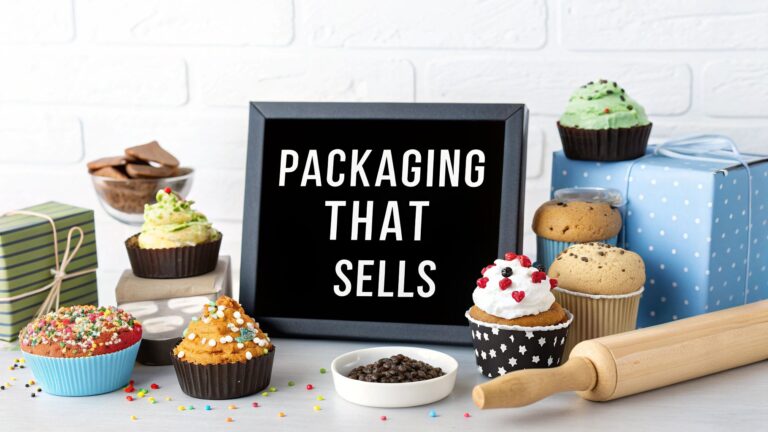
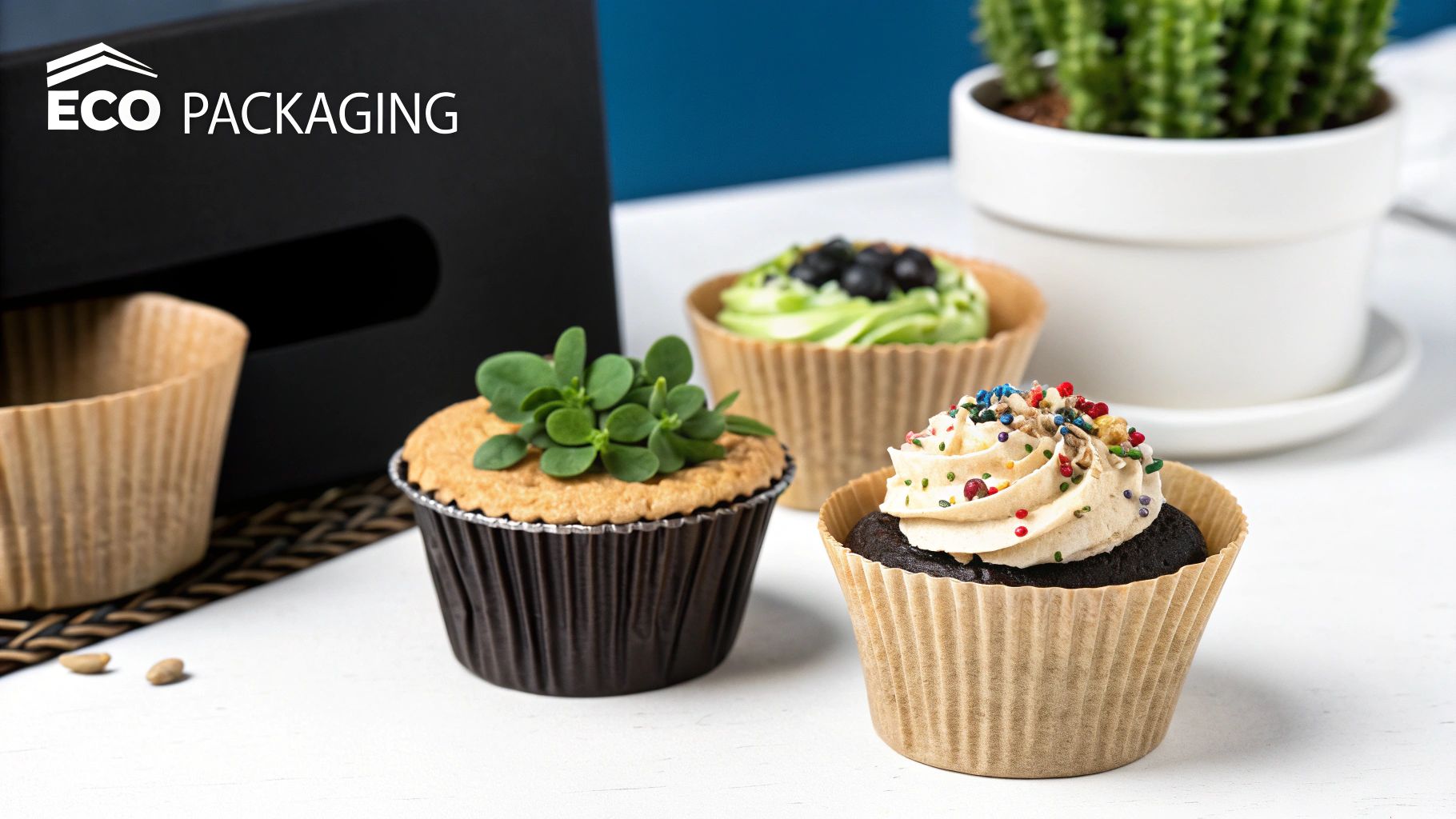
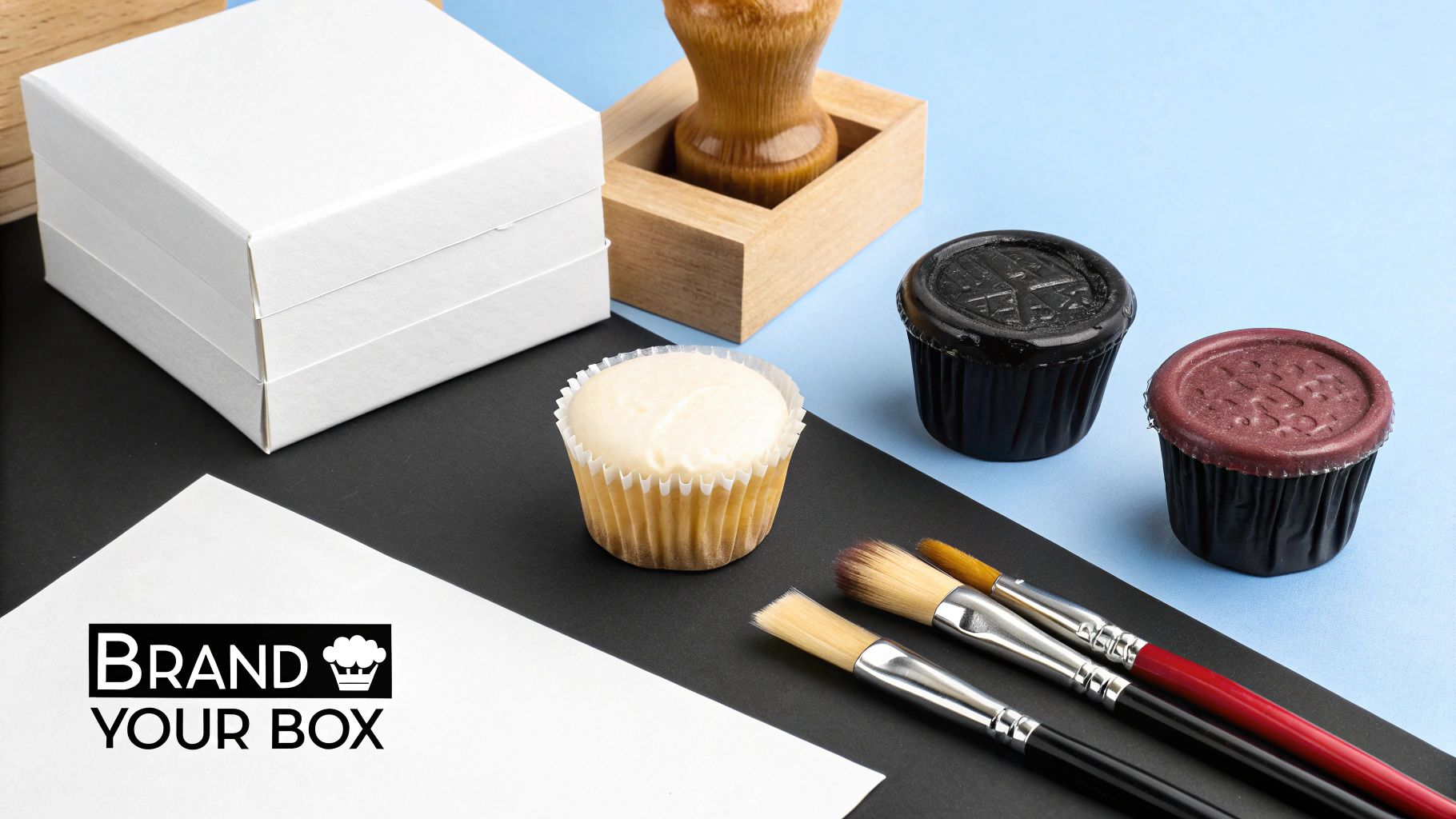
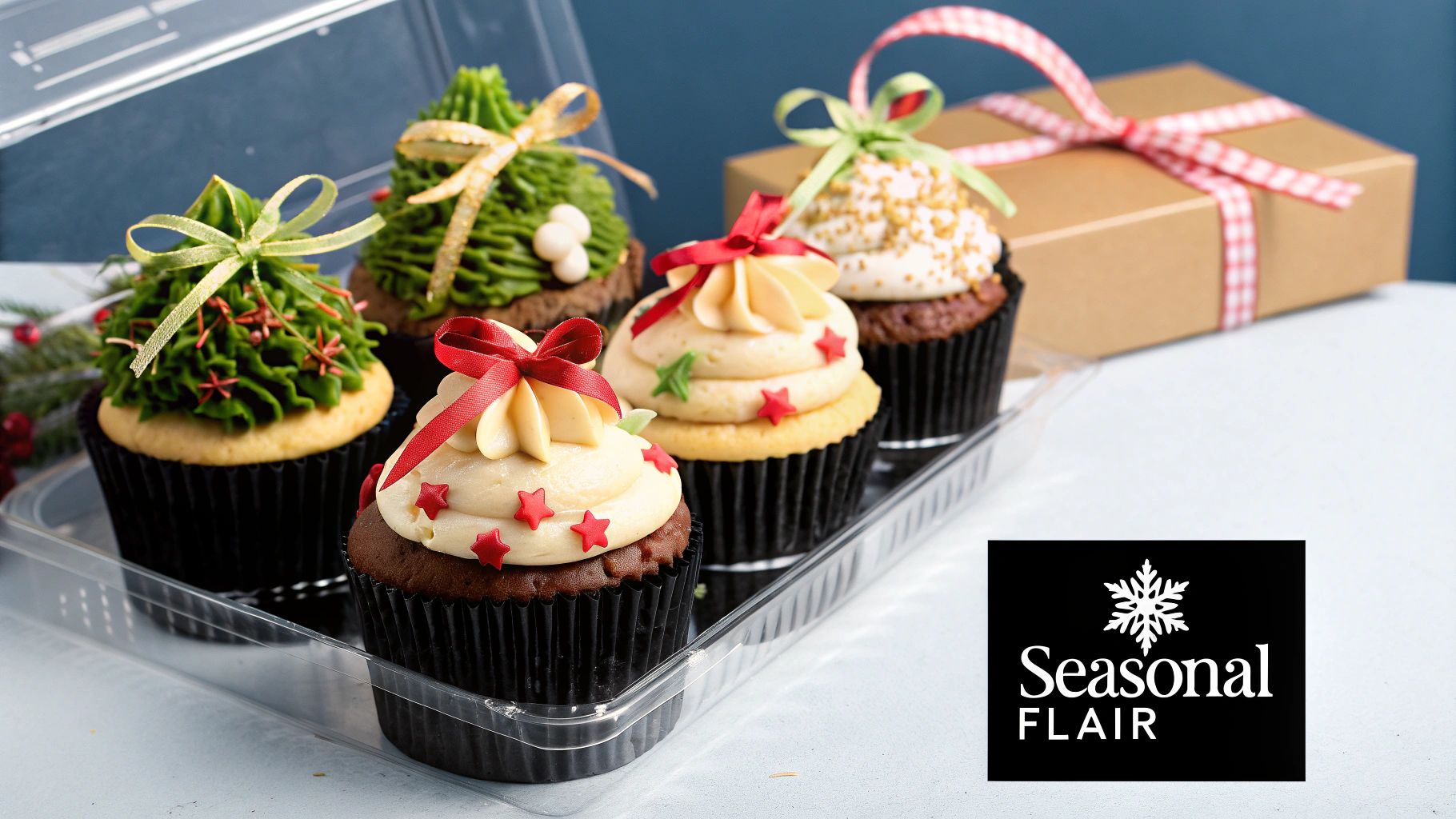
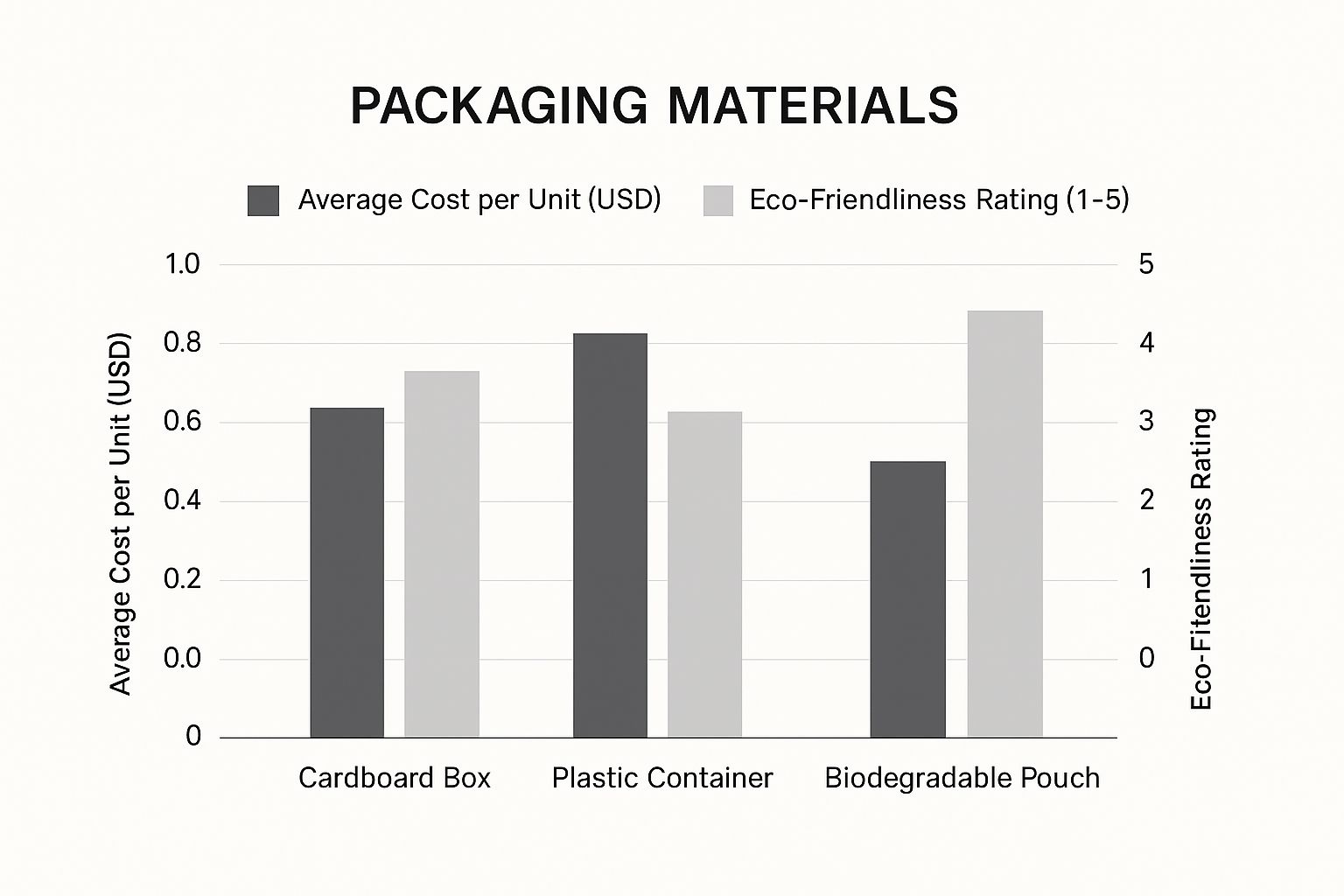
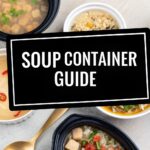
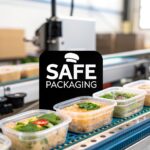
Comments are closed.